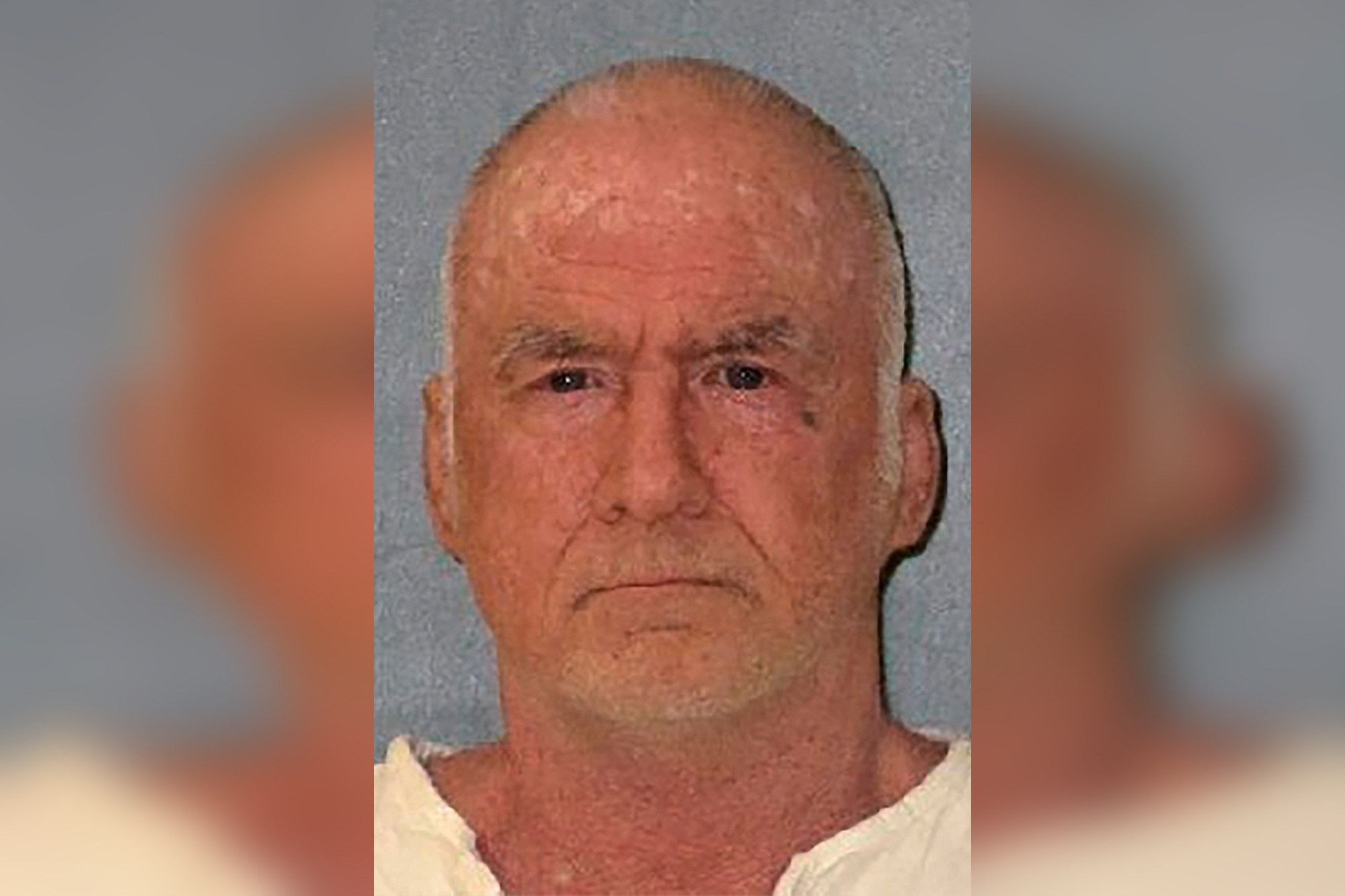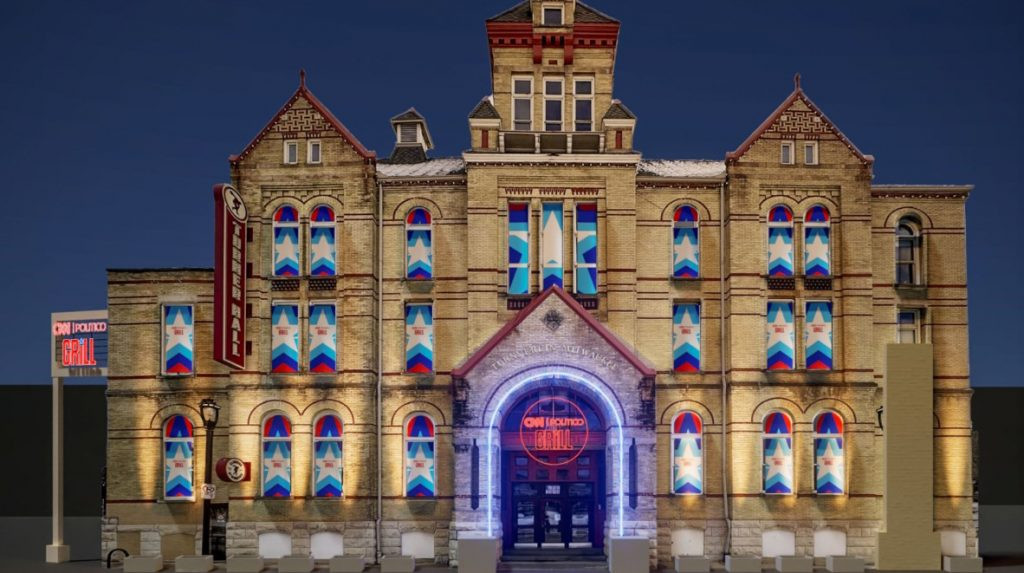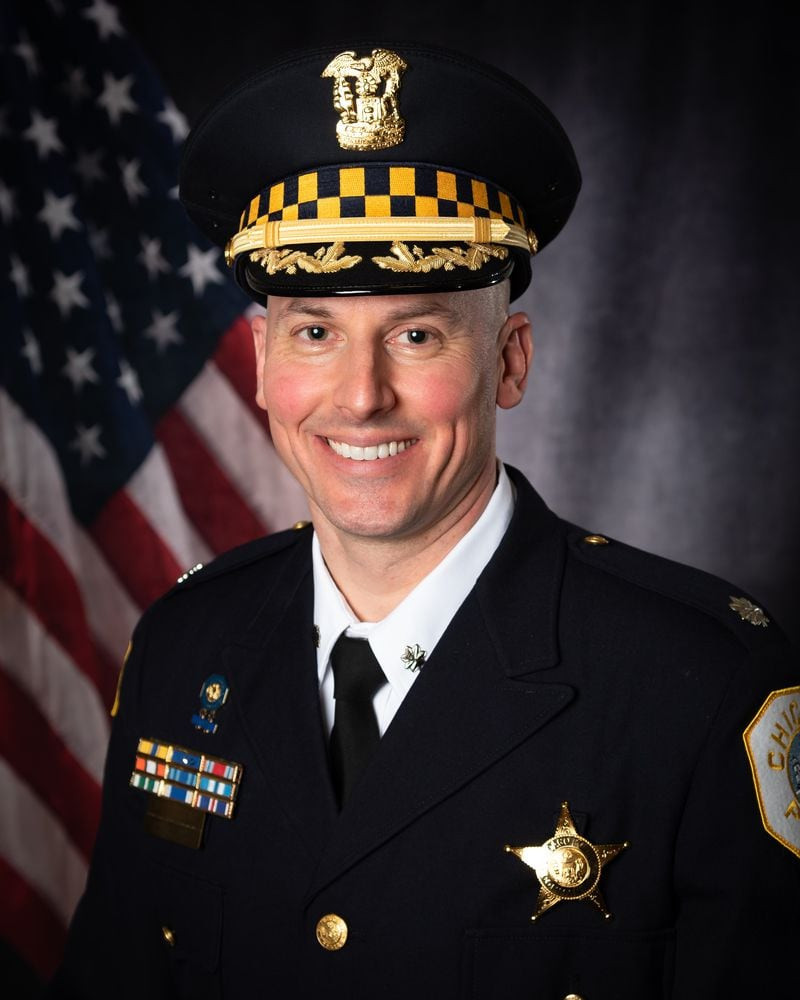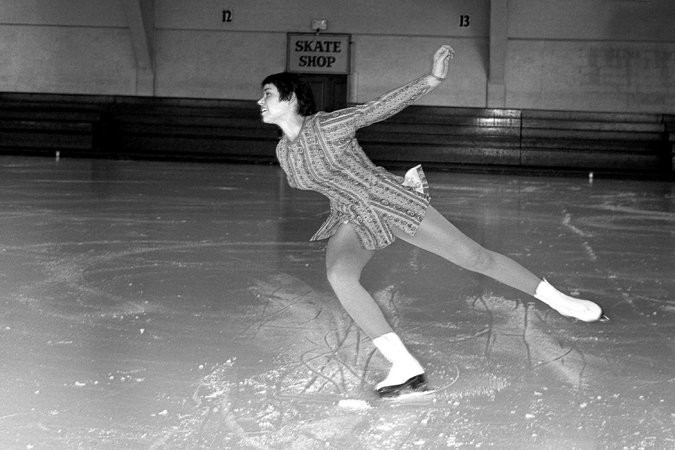If Taberon Honie felt pain as his heart’s final pulses pumped pentobarbital through his body, it was suffering that I couldn’t see while watching his execution early Thursday.
His final moments appeared peaceful — and he, too, seemed at peace, his life ending with a lethal injection under the harsh fluorescent lights of a bare room in the maximum security building of Utah’s prison. His death came more than 25 years after he was sentenced to be executed for brutally sexually assaulting and killing his ex-girlfriend’s mother, Claudia Benn, who was his own daughter’s grandmother. It was a murder that divided his family and is a loss that still echoes through their lives.
I was one of seven reporters who watched Honie die Thursday morning.
Just before midnight, we were brought into a small observation room. We stood silently, shoulder-to-shoulder, our own faces reflected back to us in the glass window as we waited for thick tan curtains to be drawn apart so we could see inside the death chamber. In three rooms just like ours, other witnesses waited — one room for Honie’s family, another for Benn’s relatives and a third where several state legislators and law enforcement would watch. We would not be able to see any of them; reflective glass would block witnesses — and Honie — from seeing into the separate rooms.
[Read more: Taberon Honie dies by lethal injection, the first execution in Utah in 14 years]
By the time the curtains were pulled back, Honie was already strapped to the execution table, lying face up with his arms spread wide, held down by tan leather straps. His legs were also strapped to the table, and a white sheet was draped over his lower half. He wore an orange prison jumpsuit.
(Rick Bowmer | AP) A restraint is shown on the lethal injection table in the execution chamber at the Utah State Correctional Facility after the Taberon Honie execution Thursday, Aug. 8, 2024, in Salt Lake City.
The IV lines that would carry the deadly drug into his veins had already been put in place out of our view, and clear tubes ran from his arms through an opening in the wall to another room, where his executioners were located. We were never allowed to see who those people were; prison officials intentionally shielded them from the witnesses because of a state law that requires that the identities of those on the execution team remain private.
In lethal injections in other states, there have been reports that executions were delayed because the IV team couldn’t find a suitable vein. That didn’t happen with Honie; prison officials said their team was able to get the IV set on the first try.
After prison warden Bart Mortensen picked up a microphone and read Honie’s death warrant aloud, he brought the mic to Honie’s mouth so the 48-year-old man could say his official final words.
“From the start, it’s been, if it needs to be done for them to heal, let’s do this,” Honie said, immobilized by the straps that held him to the gurney. “If they tell you you can’t change, don’t listen to them. To all my brothers and sisters here, continue to change. I love you all, take care.”
He spoke calmly but quickly, so fast it was difficult to jot down those last words.
(Bethany Baker | The Salt Lake Tribune) Jessica Miller of The Salt Lake Tribune, who served as a media witness, speaks during a news conference after the execution of Taberon Honie at the Utah State Correctional Facility in Salt Lake City on Aug. 8, 2024.
Honie did speak a little more afterwards, but with the microphone hung back on the wall, it was impossible from the witness room to hear what he said. Randall Honey, director of prison operations, later told us that Honie thanked them for taking care of his family.
He also turned to the window where he knew his family was watching and told them, “I love you.”
Because the execution team was sequestered from our view, I couldn’t tell the exact moment when the lethal drug was pushed through the IV line and into Honie’s veins. I watched his right foot tap, which to me looked like a sign of nervousness. He then lifted his head and took a deep exhaling breath, his glasses slipping higher on his forehead. I watched his chest rise and fall for what felt like a few minutes.
Then there was stillness.
I studied Honie, carefully looking at the creases of the material draped over him for any trace movements. I didn’t want to blink. But the only outward signs I could see that indicated to me that he was dying was his skin coloring. I focused closely on his hand, watching his curled fingers pale, then begin to take on a blue tint.
Time felt like it stood still — without being able to take our cellphones or watches into the witness room, it was impossible to know in the moment how many minutes had passed after he stopped moving. We would later learn that it took 17 minutes from when the pentobarbital was pushed into his IV to when an electrocardiogram detected his heart was no longer beating.
After the EKG no longer measured a heartbeat, Honey and Mortensen stoically each grabbed a corner of the white sheet that had covered Honie’s legs and draped the fabric over the rest of his body. His hand, still in a loose relaxed fist, was still visible as the curtains were again closed. He was pronounced dead four minutes later, at 12:25 a.m.
Prison officials had allowed Honie’s father and cousin to enter the death chamber after he died to conduct a Hopi ceremony intended to release his soul from the prison. Honey later told us that the ceremony involved bird feathers and cornmeal to lead “a path for the soul to leave the room.” The curtains were drawn for this moment so we couldn’t see it, though I could hear faint murmurs in the execution room during this time.
The other reporters and I, along with Department of Corrections Communications Director Glen Mills, stood in that small observation room for about an hour after Honie’s death — comparing the notes we each scrawled during a monumental moment. The mood in the room remained focused on our drive to be accurate, as we talked through what his last words were and what each of us saw from our vantage points.
Soon, the smell of bleach began to hang heavy in the room, a sign that the medical examiner had removed Honie’s body and a crew was working to mop the death chamber’s gray floors. Finally, a door opened and we were allowed into the execution room where Honie had just died.
It was eerie to stand near the table Honie had been strapped to an hour or so before. But with the room now sanitized, it also didn’t feel like a place where a man had just taken his last breath.
Media witnesses look at the lethal injection table in the execution chamber at the Utah State Correctional Facility after the execution of Taberon Honie, Thursday, Aug. 8, 2024, in Salt Lake City.
Report a missed paper by emailing [email protected] or calling 801-237-2900
For e-edition questions or comments, contact customer support 801-237-2900 or email [email protected]
sltrib.com © 1996-2024 The Salt Lake Tribune. All rights reserved.

















